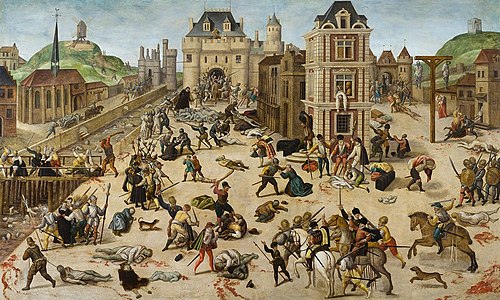
Pop culture will never forget the infamous Red Wedding on Game of Thrones. Shocking, violent, and brutal, it is arguably the most memorable moment of one of the biggest series in television history. George RR Martin has publicly stated that he was inspired by events in Scottish history when writing the scene, but for myself, when I first watched that horrifying episode, my first thought wasn’t of warring Scottish clans. Far be it for me to go against the creator of Game of Thrones, but in my opinion, the real Red Wedding happened in Paris in August of 1572. I’m talking, of course, about the St Bartholomew’s Day Massacre.
To understand exactly how this massacre came about, you have to understand the political landscape of mid-16th century France. When King Francis II died in 1560, the crown was passed on to his brother, who officially became King Charles IX at the tender age of 10. As he had not yet reached the age of majority to rule, his mother ruled in his place as Regent. And who exactly was his mother? None other than Catherine de Medici, one of the most infamous women in the history of France.
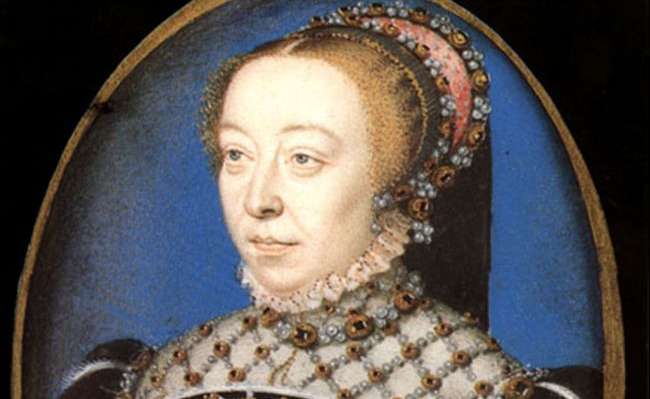
Born into the powerful Medici family of Florence, Catherine was wife to Henry II, and she reigned as Queen of France from 1547-1559. After her husband’s death, she oversaw the reigns of three of her sons as the King of France, with two of her daughters becoming queens of neighbouring countries. For three decades, Catherine was widely known to be the power behind the French crown, and she was arguably the most powerful woman in 16th century Europe. In addition to securing crowns for her children, Catherine, a staunch Catholic, spent most of her time in the French court trying to prevent the country from tearing itself apart during the War of Religion.
Begun in 1562, the War of Religion was a civil war that was fought between Catholics and Protestants, the later of whom were known as Huguenots in France. Devastating in its scope, it is estimated that the War of Religion killed as many as four million people over the course of four decades. More importantly, it became the defining feature of Catherine’s time in power. Threatened by the Protestant Queen Elizabeth I in England and desperate to keep her sons on the throne, Catherine worked tirelessly to appease the two sides and broker a peace between them. In 1570, a treaty called the Peace of Saint-Germain was signed, and it managed to (temporarily) put an end to years of bitter conflict. The clause that solidified this tentative truce? Catherine promised that her daughter, Princess Marguerite, would marry Henry of Navarre.
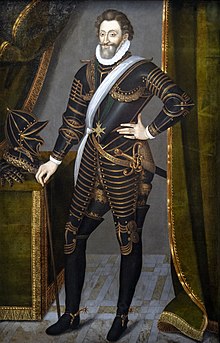
Henry was the ideal choice for this marriage. He was young, handsome, and heir to the throne of Navarre, a nation state located in the south of France along the Spanish border. He also happened to be one of the leaders of the Huguenots, and it was hoped that by marrying Henry to Marguerite, a devoted Catholic, the two sides would finally be united together. As cousins, Henry and Marguerite had partially grown up together, and therefore unlike most other politically arranged royal marriages of the time, the bride and groom actually knew each other prior to their wedding night. It should have been an ideal match, but history had other plans.
Marguerite, for her part, had no desire to marry her cousin and enter into holy matrimony with a man she viewed as a heretic. Worse still, she was a romantic at heart, and at the time of her betrothal to Henry, she was madly in love with another man. According to a witness account, Marguerite spent the night before her wedding on her knees in front of her mother and brother, begging to be released from her obligation. It did not work. Marguerite would wed Henry the next day, and Catholics and Protestants would be bonded through the spectacle of a royal wedding.
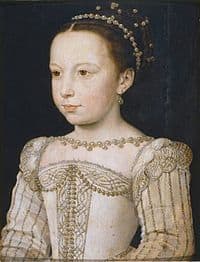
And not a moment too soon. At this point, Paris was a deeply Catholic city, and tensions between the two factions were high at the best of times. This could most readily been seen through the power struggle between the Catholic Duke of Guise and the Protestant Admiral de Coligny. Both men were jockeying for the King’s favour, and many Catholics in Paris were becoming alarmed at Coligny’s increasing influence over the young Charles. Now, in anticipation of the wedding of the year, Paris was flooded with the top leaders of both sides, including the Duke of Guise and Coligny. Paris was a tinderbox, and Marguerite and Henry’s wedding would prove to be the match.
On the morning of August 18th, 1572, a crowd gathered outside of Notre Dame Cathedral to witness the nuptials. The tension in the air was palpable. Marguerite was incredibly popular with the people of Paris, and they were horrified on her behalf that she was being forced into this marriage. The ceremony took place outside the cathedral on a makeshift stage built especially for the occasion, because as a Protestant, Henry was not allowed inside the Catholic building. When it came time for the vows and Marguerite was asked if she would take Henry as her husband, she refused to answer. The whole of Paris watched as the awkward silence dragged on and on. After several minutes of unbearable tension, her brother, the King, strode forward and used his hand to forcibly push his sister’s head down. The priest took her nod as assent, and Marguerite and Henry became husband and wife.

For the next four days, the Louvre was the scene of extravagant celebrations. The accounts of these parties suggest that it was a legendary gathering, with feasts, balls, and receptions lasting until dawn. Drinking, eating, and philandering were all enjoyed in abundance, with Marguerite left to drown her sorrows as the court celebrated around her. However, after four days of merrymaking, it was time to get back to business, and a meeting of the Royal Council was set for August 22nd. Both Coligny and the Duke of Guise were to attend.
At midday on the 22nd, a lunch break was called, and Coligny and his entourage left the Louvre to have lunch in their apartments down the street. As they walked along the road, a shot rang out from a nearby building, and Coligny was hit in the arm and hand. The injured Admiral was immediately rushed to his apartments, where he was attended to by a physician. When news of the assassination attempt reached the King, Charles himself personally visited Coligny and promised retribution for the perpetrators.
Today, exactly who was responsible for the attempt on Coligny’s life is a hotly debated subject among historians. Some say it was the Guise family, while others argue that it was the Queen Mother herself. Regardless of who was to blame, there was no escaping the fact that the military leader of the Huguenots had just been the target of an assassination attempt. For the next day and a half, fears ran rampant that a counterattack from the Huguenots was imminent. Whether or not this was true is not known, but the fiercely Catholic city was taking no chances. On the evening of August 23, a bell tolled from the bell tower of St Germain l’Auxerrois. This was the signal that the horrific events of that night were about to begin.

The first house to be attacked was the residence of Coligny, who was still recuperating from his wounds. A group led by the Duke of Guise stormed his bedchamber and stabbed him multiple times before throwing his body out of a window. The Duke of Guise personally ensured that the Admiral was dead. This terrible scene was repeated throughout the city as dozens of the top leaders of the Huguenots were slain in their beds. By dawn, the streets of Paris were littered with dead bodies.
Sadly, the violence did not stop there. Anti-Protestant hostilities among the people in the city finally bubbled over. Emboldened by the killings, a militia sprang up that roamed the streets, searching house by house for Huguenots. Any Protestants who were found were dragged out into the street and slaughtered. This went on for days, and by the end of the week, thousands of people had been killed throughout Paris.
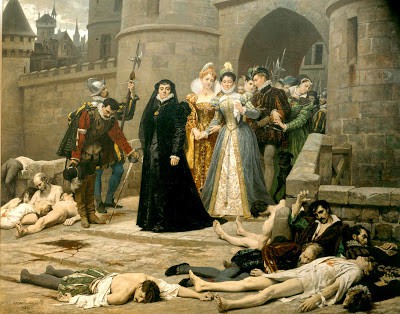
Once again, the violence did not end there. Word of the massacre spread throughout the country, and similar violence broke out in 12 other cities across France. The killings lasted until October of that year, and when it was mercifully over, anywhere from 30,000 to 70,000 people had lost their lives, neighbouring nations were outraged, and the leadership of the Huguenots was in shambles. King Charles would die less than two years later from tuberculosis, but at the time of his death, that was not all that afflicted him. In the final years of his life, his mother would repeatedly describe him as a lunatic, and perhaps at the time that was the only description that fit. However, from the vantage of a modern perspective, it is clear that he was suffering from severe PTSD.
The St Bartholomew’s Day Massacre, as it later came to be known, has inspired both historians and artists for centuries. It is possible that we may never know the exact sequence of events that led to this terrible act of bloodshed, but what we do know is this. In August of 1572, Paris bore witness to a shocking act of violence that stunned surrounding nations and led to an escalation of hostilities that continued for decades. It wasn’t until the Edict of Nantes was issued in 1598, otherwise known as the Edict of Religious Tolerance, that the War of Religion finally came to an end. And with it, a fractured country could finally begin to heal.
_______________________________________________________________
Want more Stories of Paris? Please click HERE.
_______________________________________________________________
Laura Moore is a professional storyteller who loves history and the many stories that make Paris one of the most fascinating cities in the world. Join one of her signature tours to learn the story of a city.



